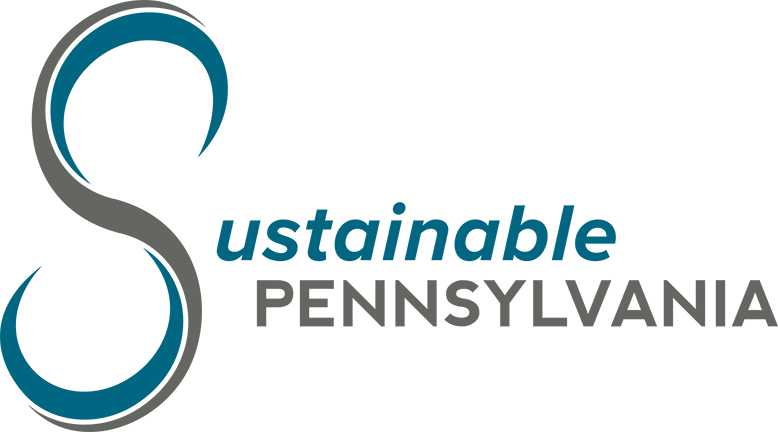Description:
As the regional climate of Pennsylvania continues to change in the coming years and decades, response to extreme weather events like floods will become even more critical to ensuring municipal sustainability and public safety. The first step to remaining resilient when faced with potential hazards is to understand the risks (to buildings and infrastructure as well as to systems, social cohesiveness, public health, and more) in your community and create a plan for addressing the various negative impacts that the community might face in an emergency situation. Developing a multidisciplinary team of community members, from municipal staff to emergency responders, human service workers, and other professionals and volunteers with diverse skill sets, will empower a municipality to ensure that even in its most difficult times, the community can persevere together and get through emergencies safely.
How to Get Started with Local Resiliency Planning:
- Undertake a Local Vulnerability Assessment – The first step to cultivating resilience locally is understanding both the potential hazards and emergencies likely to hit your municipality as well as the people and systems most likely to be affected by such emergencies. For example, in a municipality with a high probability of flooding incidents, systems like the sewers and roadways may be critically threatened, while residents in floodplain areas, in basement apartments, with lower incomes, and/or with disabilities may be especially vulnerable to flood impacts.
- Understand and Engage Social Services and Other Local Resources – Critical to preparing to address needs in a community emergency is understanding what resources are already available to the community in the form of local service providers and agencies. From there, by comparing anticipated needs with local services available, you can begin to anticipate what gaps in service provision might arise in certain emergency situations.
- Build a Community Emergency Response Team (CERT) – A resilient community is strengthened by leadership that can work together to effectively deliver services and respond to challenges. Establishing a CERT lays the groundwork needed to empower a municipal government to mobilize efficiently and deliver resources effectively in times of need. Additionally, engaging with these service providers, emergency services personnel, and passionate residents can help to illuminate further points of vulnerability in the municipality and additional areas of potential collaboration within the community.
- Connecting the Dots and Filling the Gaps – By assessing the key vulnerabilities in your community and understanding the resources needed to address them, your municipality can connect service providers and emergency responders and work together with them to develop plans for when issues arise. In the case of missing resources, together you can develop solutions and new relationships to fill these gaps.
- Communicate and Educate – A community resilience plan is most effective when it is clearly communicated to and understood by community members, who should feel empowered to be a part of the solution. If local stakeholders know the plan before emergency strikes, leaders can save precious time and be more efficient and effective in deploying resources. Host community resilience workshops or other celebratory events that bring together a diverse swath of community members to engage with this topic, learn more about plans in place, and give feedback on relevant resiliency issues that they have observed or experienced in the community.
[Please note: There are additional flood related resources available found under the Water topic.]
